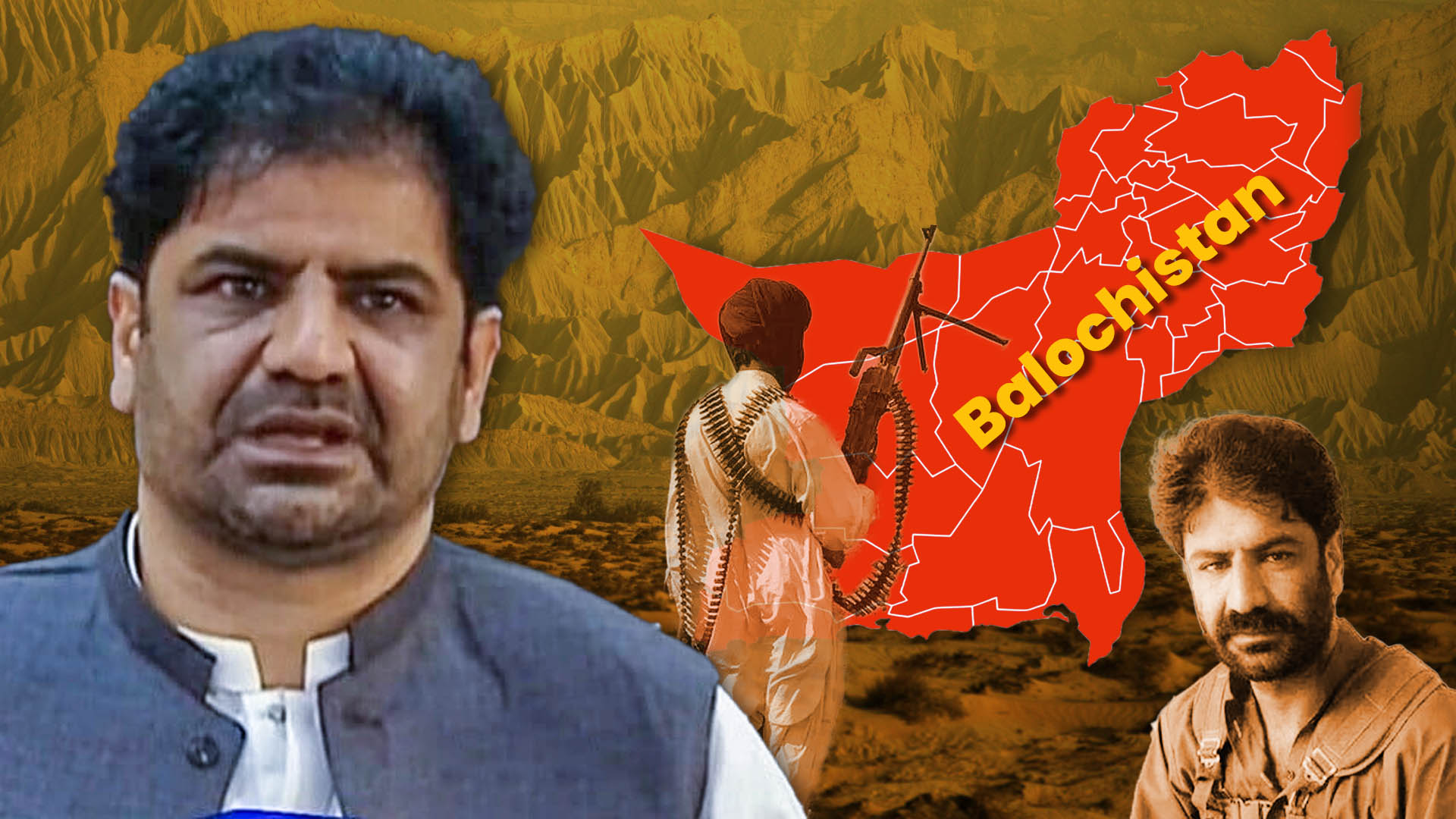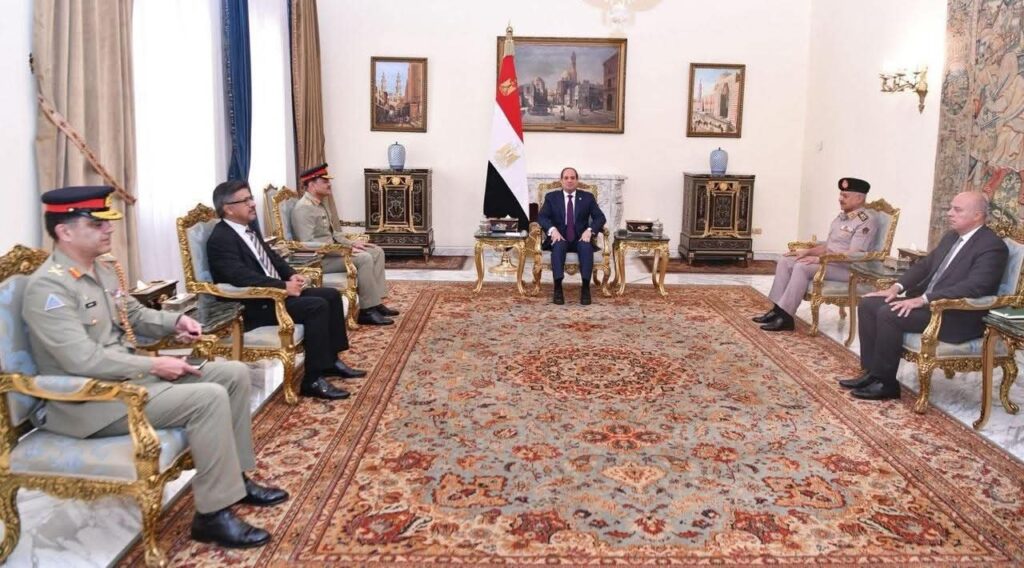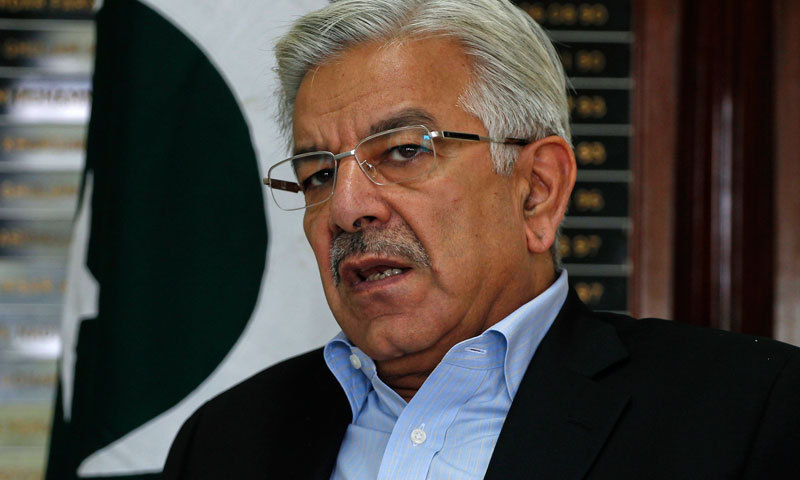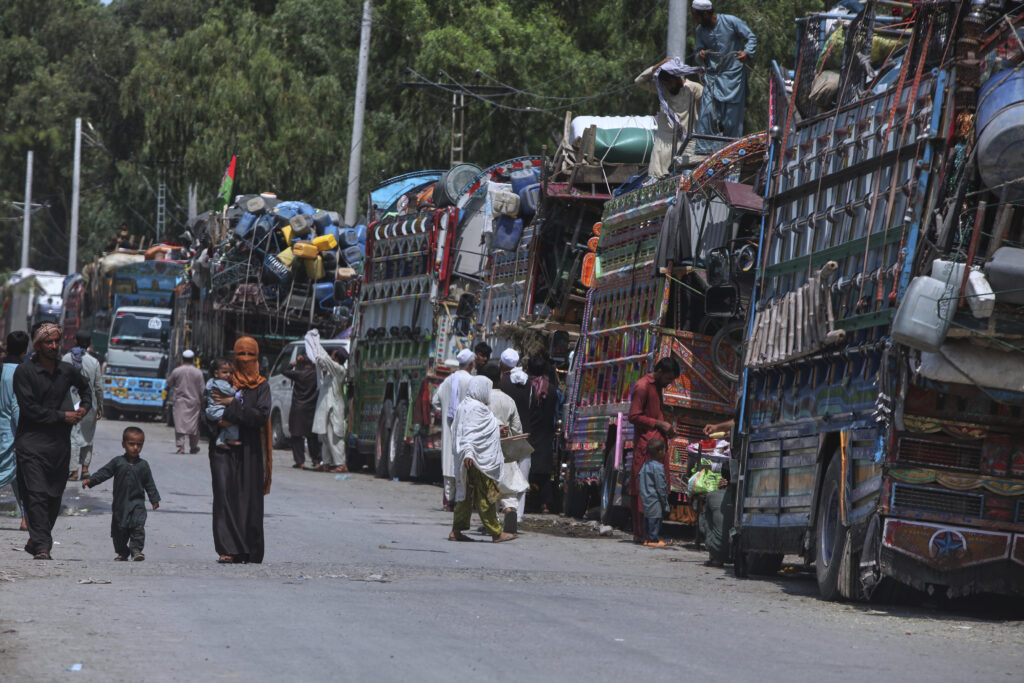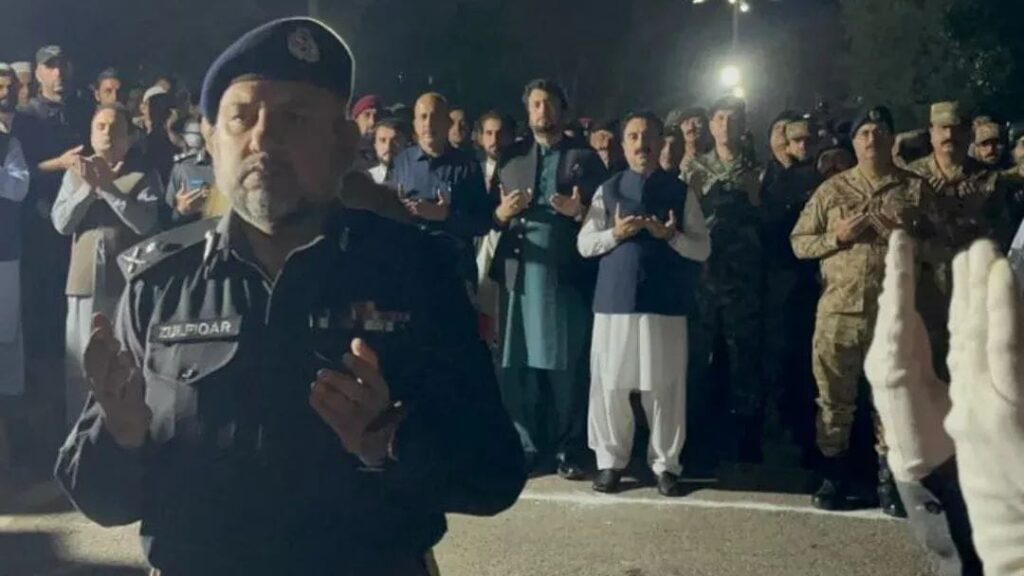The Jaffar Express hijacking in Pakistan’s Balochistan province has left the nation shaken and echoed in the geopolitical quiverings of South Asia. This was not an isolated act of terror but a demonstration of modern-day insurgency revealed by the very complexity of conflict in the region. The incident has brought to light the changing tactics followed by militants, the interlinked nature of different militant outfits, and the alleged hands behind these efforts from beyond Pakistan’s borders. This is a time when war is no longer limited to wide-open battlefields, and this attack is a grim announcement that we are making a new kind of warfare.
This was supposed to be an ordinary journey. On that day, as with almost every other, hundreds of passengers got on board the Jaffar Express, without any plans for anything more than the long trip through the rough area of Balochistan. There were families, workers and students, traders, who all took the train having no idea that within hours it would turn into the scene of a deadly hostage scenario.
The train snaked through the mountains, and the silence was ripped by an explosion. Due to the obliteration of a section of the railway, the train was forced to grind to a halt. Masked gunmen with automatic weapons burst into the compartments and chaos ensued. Panic spread like wildfire. The gunmen took control and people clutched their children, whispered desperate prayers, and exchanged terrified glances. They wanted the world’s attention, and the Balochistan Liberation Army (BLA) had struck again.
Passengers were held at gunpoint for hours as the militants issued their ultimatums. When reports came out that hostages were being executed one by one, fear became horror. Twenty-one civilians were dead by the time Pakistani security forces launched their rescue operation. Thirty-three insurgents were neutralized in the ensuing battle, but this would be the psychological wounds suffered at the hands of the attack that would take much longer to heal.
This was not a normal terrorist attack. You could see all the classic characteristics of fifth-generation warfare (5GW), that is, a conflict where info, perception, and unconventional tactics are leveraged as powerfully as bullets or bombs. In 5GW, war has been lifted off of the land, no longer bound to the ground, and carried to the media, the computers, phones, and inside people’s heads.
The strategy in this tactic was psychological impact, as much as physical. The militants attempted to destroy the faith that the government could protect its people by aiming at a civilian train. The deed inside the tunnel was supposed to disrupt maximally, while the hostage situation would supply them with continuous media coverage. In the digital age, these are spectacles of fear that exceed the bounds of the flesh of the immediate victim.
Soon after the attack, there was a flurry of propaganda videos by the BLA posted on social media. These clips also portrayed the insurgents as ‘freedom fighters’ and reiterated the storyline that Balochistan was under attack from the Pakistani state. The defining feature of 5GW is this manipulation of perception, controlling narrative is more powerful than controlling territory.
Once again, allegations that India is involved in Pakistan’s insurgencies have been stoked by the attack. Islamabad has long blamed the Research and Analysis Wing (RAW) of India for arming and funding groups such as the BLA to foment unrest, especially in Balochistan – one of Pakistan’s most strategically important regions because of its large reserves of natural resources and the China Pakistan Economic Corridor (CPEC).
Financial transactions of BLA operatives with Indian handlers are being claimed by Pakistani intelligence agencies to have been intercepted. BLA commanders have been said to have sought medical treatment in India under assumed identities. Thus, one of the high-ranking militants spent months in Delhi where he had to obtain medical treatment and at the same time control operations. There have been also suspicions of Indian involvement due to the case of Aslam Baloch, who was in key BLA figure and who, it is alleged, had travelled to India for consultations.
On the other hand, India has flatly denied these allegations calling them ‘Pakistani propaganda’. Nonetheless, considering the existing longstanding hatred between the two countries, the truth lies in obscurity. It is clear however that Balochistan is today a battlefield for more than just insurgents. It is a chessboard where larger geopolitical games are being played.
For decades, the Balochistan Liberation Army has been waging a separatist insurgency in the region but its methods have changed radically. The group first embarked on a small scale of guerrilla warfare, which has developed into high-profile attacks on security forces, infrastructure and foreign nationals. They have never been too fond of Chinese workers or projects in the region, given their opposition to CPEC which they perceive as exploitation of Balochistan’s resources.
The Jaffar Express hijacking represents a change in the operational approach of the BLA. It comes as a sheer audacity taking hundreds of unsuspecting passengers hostage at once, which shows it’s a new twist in operations by terror groups set to inculcate fear with its high-impact operations and give them international attention. It also implies the group is receiving more sophisticated training, funding and logistical support, and questions about its backers.
The headlines may be dominated by the BLA, but behind it is another insurgent force — Tehreek-e-Taliban Pakistan (TTP). While the BLA presents itself as an ethnic and nationalist movement, the TTP operates with a radical Islamist ideology. But intelligence has indicated in recent times that these two groups may be working together, with this same enemy and allegedly with the backing of Indian interests.
Still, Balochistan’s Home Minister Ziaullah Langau maintained earlier this month that the TTP and BLA operated under a single command structure and knew each other due to RAW’s (Research and Analysis Wing) interference in the province. According to the report, a captured TTP commander had confessed that Indian intelligence was involved in creating links between these groups to destabilize Pakistan’s security apparatus. This revelation could be the onset of a highly dangerous new phase in the country’s insurgency crisis if confirmed to be true.
The Jaffar Express hijacking is not unprecedented. Hybrid warfare is a larger pattern of such things: conventional threats blended with cyber-attacks, message manipulation and proxy conflicts. The reach of this went far beyond the borders of Pakistan. This incident will put more stress on the diplomatic ties between India and Pakistan, which are both neighbours and nuclear-armed nations. As China’s investments in Pakistan are key components of its Belt and Road Initiative, rising insecurities in Balochistan could force Pakistan to engage with more direct Chinese security in the region, remoulding the regional balance of power.
The biggest challenge for Pakistan is to adapt to the changing features of the insurgency, especially the Fifth Generation Warfare (5GW) which adds new features to combat with the non-state actors. However, military interventions remain the major traditional counter-terrorism strategy and these are not enough to fight these sophisticated threats. Intelligence-sharing mechanisms between the different security organizations of the country and the world in general have to be greatly exacerbated. Further, cyber defence capabilities must be strengthened, since insurgents also use technology and social media for recruitment and propaganda ends.
In addition, it’s important to adopt a more holistic approach one that charts a way to resolve the enduring socio-economic grievances which are the root cause of the insurgency. This entails investing in education and job creation in out-of-favour areas as well as fostering community engagement to foster trust between the government and local populations. This hijacking was not just a devastating act of terrorism but a symbolic assault on the whole country’s mindset and revealed how the security architecture functions of Pakistan are vulnerable. This occasion revealed how effective insurgent plans can be and obviously how crucial it is for future responses to be adaptive and go past conventional military action.
In an epoch of conflicts that are becoming more shadowy with corresponding narratives shaped on the bedrock of misinformation, Pakistan has to focus on reclaiming back its control over the discourse regarding these matters. Enhancing military capabilities is essential; nonetheless, equally crucial is fighting against the narratives behind these conflicts. Today’s security battle is no longer physical warring alone; it is now a battle of perception, influence and strategic communication. In the conflict that plays out with multiple different degrees, the stakes have never been so high.
Disclaimer: Opinions expressed in the writing are the author’s own and do not represent the policy of Khabar Kada.





